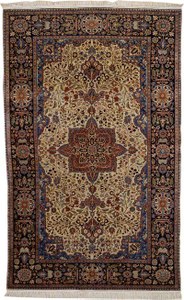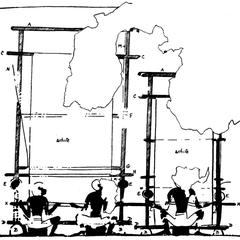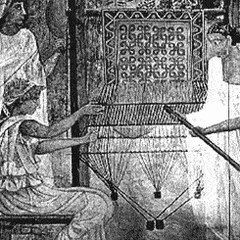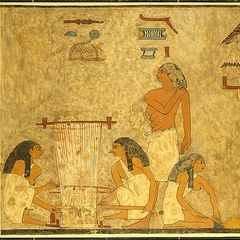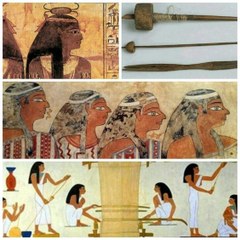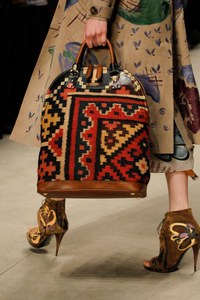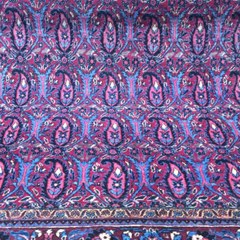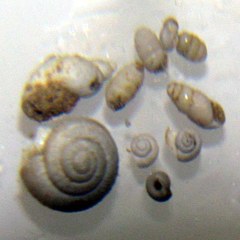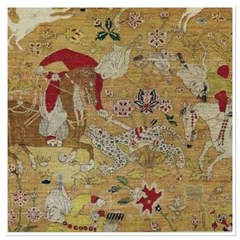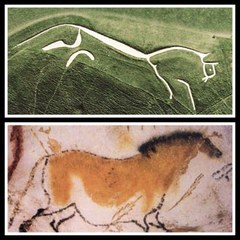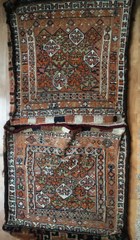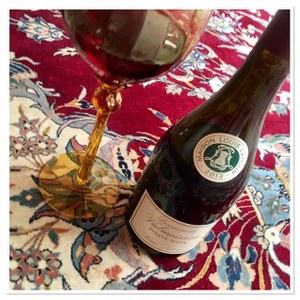One day while, Heracles, the Phoenician guardian deity, was strolling along the beach with his dog and the beautiful nymph, Tyres, his dog bit into a mollusc that washed ashore. Immediately the dog’s mouth turned a brilliant purple. Tyres fell in love with this new colour and promised a “rendezvous” with Heracles if he would make her a garment dyed with the same colour. Heracles made sure Tyres got her purple garment and the purple dye was “born”
Ancient Phoenician weavers
Phoenicians and Tyrian purple are inseparable. It is after all the Phoenicians, at around 1,500BC, who became known world-wide for producing purple textiles. Royalty and the elite everywhere could not get enough of this fascinating vibrant colour and as always, demand pushed up the price of purple dye to equal that of its weight in silver. Unlike the other cultures at the time, it was the Phoenician men who were responsible for weaving the textiles and who dominated the trade. Producing this purple dye was no easy task, for at the time it could only be made from the humble sea mollusc who lives 150 meters below surface. More than this, you need 9,000 molluscs to make just 1 gram of purple dye. The dye was made from the colourless liquid in the hypo branchial gland of the mollusc that had to be removed, crushed, soaked with salt and exposed to sun and air for a few days, before being boiled and heated at specific temperatures for a specific time frame. Perhaps it was the near extinction of the molluscs in Tyre that forced the Phoenicians to leave in search of molluscs elsewhere.
Ancient Peruvian weavers
Finding fragments of rope and textiles dating back to between 12,100 and 11,080 years ago in the Guitarrero Cave in Peru, created great excitement in the world of archaeology and also weaving! It showed not only that the Peruvians were distinguished weavers a very long time ago, but also that weaving was very important to them. In Peruvian society males and females were weavers, but it was the females who drove development and change in their weaving industry. From the usual back-strap weaving method the females started weaving side by side, three at a time, that enabled them to weave wider pieces of textiles around 3,000 years ago. They also started using the wool of llamas and alpaca and introduced embroidered symbols and patterns on their garments. The jaguar-god, Chavin, was a favourite motif. The Peruvian weavers made their dyes from plants, minerals, insects and also molluscs, that as we now know, produce purple dye.
The ancient weavers of the Czech Republic
At the base of the Děvín Mountain in Czech Republic, close to the Dolní Věstonice village, an Upper Paleolithic site has been excavated since 1924 revealing not only burials of 27,000 to 20,000BC, but many artefacts that included many pieces of art. Amongst the artefacts were traces of textiles from imprints in clay and burned remnants of cloth. It appears, according to the find, that the weavers manufactured a variety of cordages, plaited basketry and sophisticated twined and plain woven cloth. An interesting find amongst all these items were empty mollusc shells that is thought to be from the Dyje river close to the site. Thus we can assume that these weavers discovered the secret of purple dye long before the Phoenicians.
Luckily towards the late 1800’s synthetic purple dyes were created and it was no longer necessary to use the molluscs and purple is still as mystical today as when Tyres fell in love with it.
Sources – https://en.wikipedia.org/wiki/ Tyrian_purple, https://en.wikipedia.org/wiki/ Weaving http://www.donsmaps.com/ dolnivpottery.html, https://wildtussah.com/history- weaving-part-3-america, http://www.ancient.eu/article/ 791/, The Earth and Its People: A Gllobal History



